White Cockle
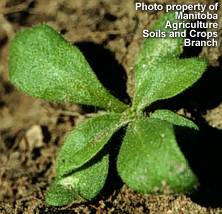 click to enlarge |
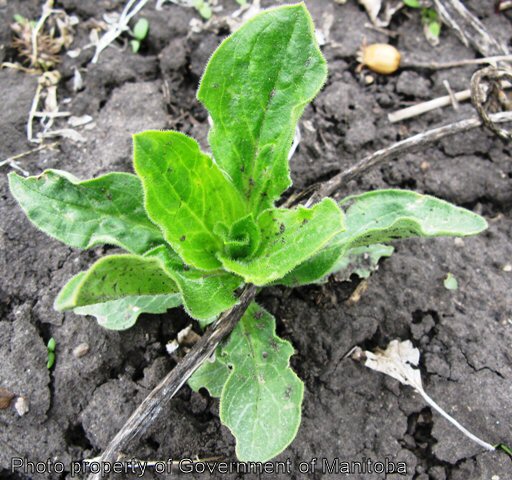 |
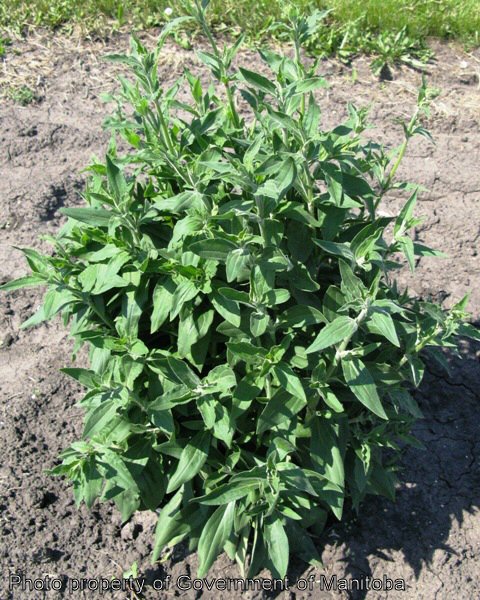 |
 |
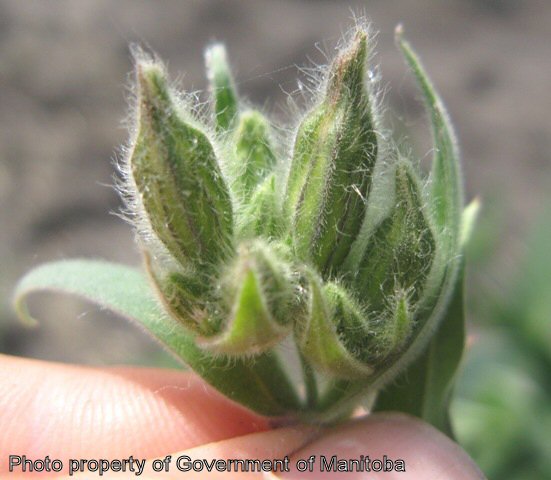 |
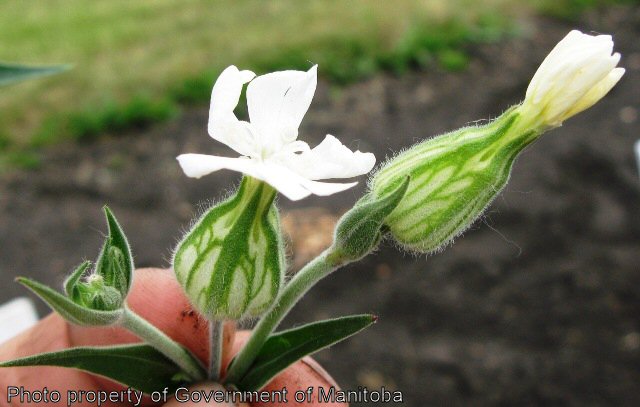 |
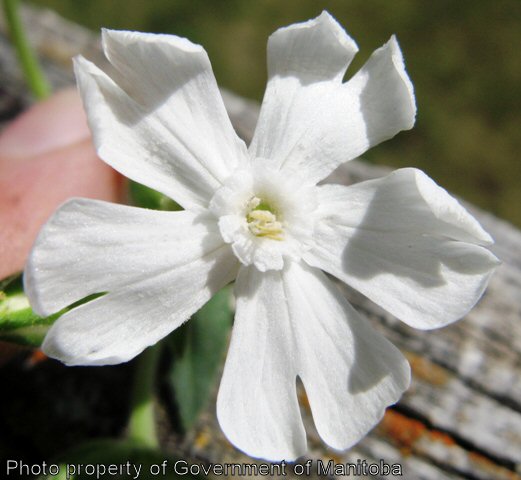 |
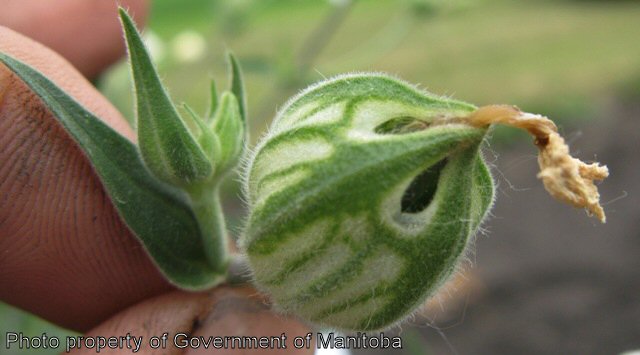 |
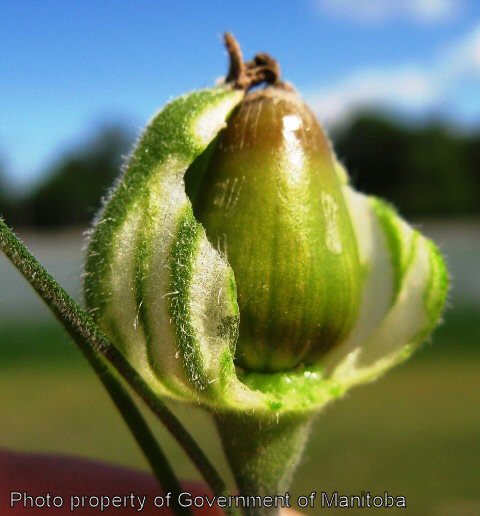 |
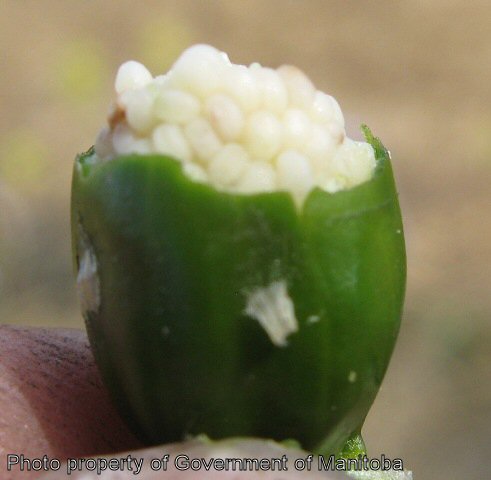 |
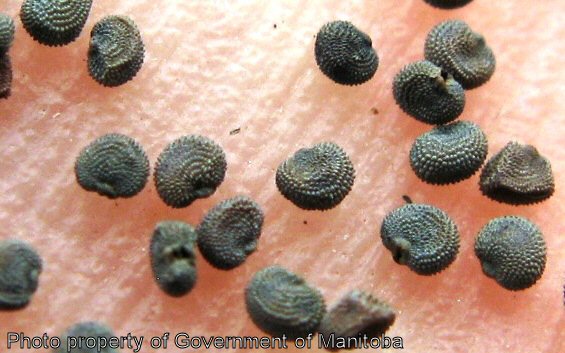 |
Biology
An annual, biennial or short-lived perennial, reproducing by seeds. This weed is a prolific seed producer that can spread rapidly. The stems are erect, up to 1 m tall, swollen at the nodes, hairy, branched if uncrowded or branched only near the top if crowded. The leaves are opposite, 10 cm long x 2 cm wide, broadest near the top, hairy on both sides, lower leaves are petiolate while the upper leaves are sessile. Flowers occur on individual stalks in a branched inflorescence. Each flower has 5 petals, 20-30 mm long, and white in colour. This weed is dioecious consisting of two kinds of flowers: one with ovaries that produce the seeds and one with stamens that produce pollen. Normally only one kind of flower exists on a plant. The seeds are kidney shaped, 1-2 mm in diameter, greyish-orange, enclosed in a capsule, and covered with rows of small bumps. Optimal germination temperatures for this weed are 20-30 °C.
Scouting Techniques
Take a minimum of 20 weed counts across the field. Check hay and grain fields, roadsides, and waste areas for patches of this weed.
Effects On Crop Quality
Yield losses in alfalfa, clover, and small grains as a result of competition with this weed.
Threshold/Yield Loss
A common impurity in clover and forage seed.
Control Tips
- Group 4 & 5 herbicide applications
- Groups 9 & 10 in herbicide tolerant crops

